My Cultural Diet for January 2023: Iron Monkey, Shin Ultraman, Roman Holiday, The Sandman, Reckless
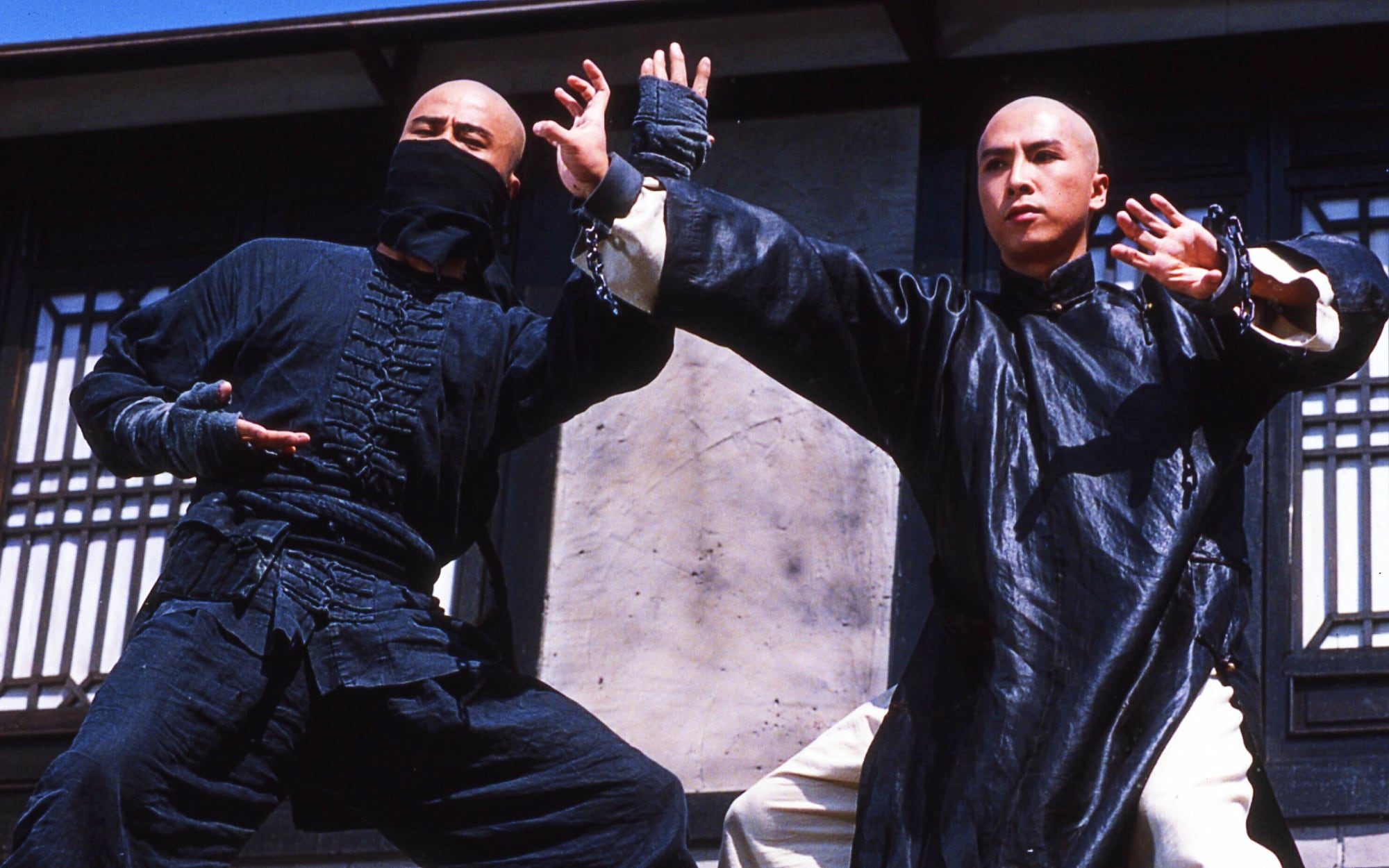
In order to better track my various cultural experiences (e.g., movies, TV shows, books, restaurants), I’ve created the Cultural Diet. Think of it as my own personal Goodreads, Letterboxd, and Yelp, all rolled into one (more info here). Every month, I recap everything that I watched, read, etc., in the previous month.
I’ve been wanting to visit this Lincoln landmark for awhile now, and it did not disappoint when we finally toured it as a family. It’s fascinating that such a place exists literally under our feet. Tour guide Joel Green shared many interesting stories from Lincoln’s past, all of them filled with colorful characters and sketchy details. (My favorite being that Lincoln was once home to a secret society called the Iron Sphinx that conducted their initiation ceremonies in the cave.)
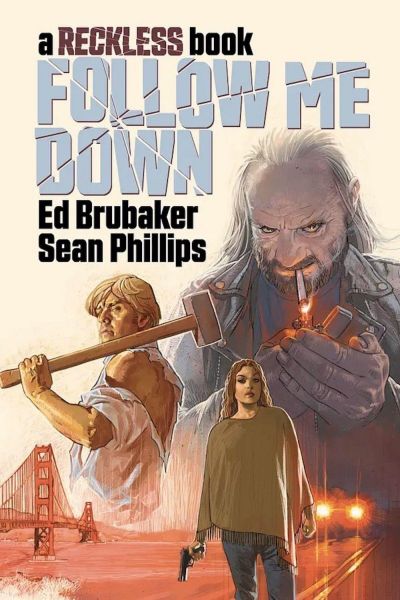
In some ways, this is the grimmest of the Reckless series so far, as Ethan gets drawn into a woman’s quest for revenge on her abusers, only to fall in love with her — which requires him to sacrifice some ideals and surrender to some of his worst impulses. But like all of the Reckless titles, none of its exploitative or gratuitous. To Brubaker’s credit, the whole affair is tinged with melancholy and regret, given the narrative’s flashback framing device.
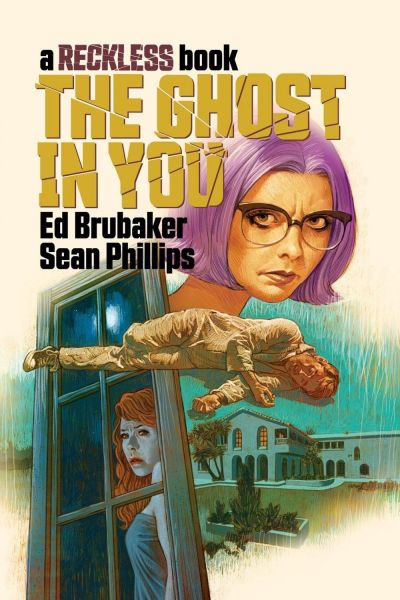
This volume focuses less on Ethan Reckless, and more on his closest friend and co-worker, Anna, as she investigates a potentially haunted mansion for a faded B-movie screen queen. Again, this feels like Brubaker working through yet another nostalgic interest (e.g., his obsession with murder house tales and old horror cinema). But as with other volumes, there’s deeper stuff in there, as Anna works through her complicated relationship with her mother. And it ends with what might be the most genuinely sweet moment in the series to date.

I continue to enjoy Ed Brubaker and Sean Phillips’ Reckless series. The series is obviously indebted to Brubaker’s nostalgia from being a Navy brat and drawing from his various experiences. In this case, growing up in California in the ’70s and ’80s during the rise of the Satanic Panic — which is kind of like catnip for me, given my own evangelical background. But this volume also becomes a commentary on the post-hippie disillusionment, and even weaves in some commentary on the experience of Vietnamese refugees. All while being a really good hard-boiled P.I. noir.
This is a relatively new restaurant in Lincoln’s Haymarket; I think they’ve only been around for a few weeks. My friend got the braised short rib, which was pretty impressive-looking. I went with the Fleetwood sandwich, which is essentially their take on a steak sandwich. The meat was prepared to perfection and the charred shishito gremolata gave it a nice zing.

The first volume of Ed Brubaker and Sean Phillips’s ’80s-set noir about a former revolutionary/undercover agent turned washed up and cynical P.I. — which is really the best kind of P.I., right? Now, I’m not saying that I want every graphic novel turned into a streaming title, but if Netflix or Amazon Prime ever turned Reckless into a series, then I’d totally watch it — so long as they capture the early ’80s California vibe, which isn’t merely nostalgic in Brubaker’s storytelling, but vibrant and seedy in equal parts.
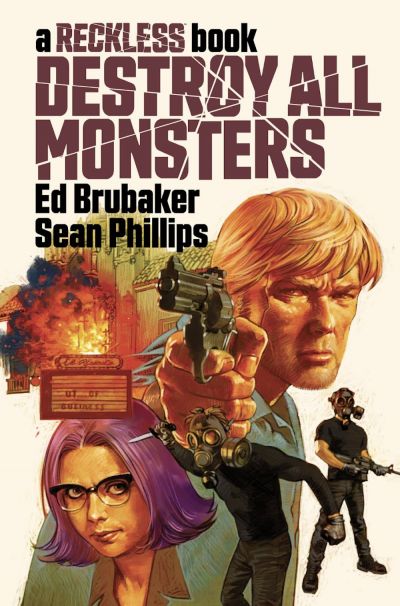
I didn’t realize this was the third Reckless volume when I picked it up at the library. That, however, did nothing to diminish my enjoyment of this hard-boiled noir set in L.A. during the ’80s, in which a cinephile P.I. investigates a shady real estate tycoon — with predictably seedy and violent results. I’ve already put holds on all of the other Reckless volumes that I can.
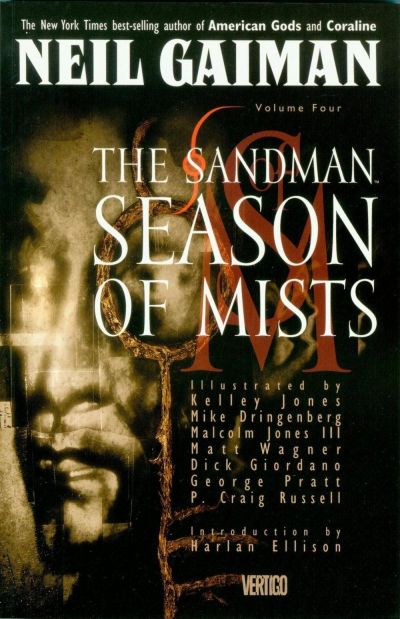
This feels like the first consistently great Sandman volume, where Gaiman’s writing really hits his stride. The overarching storyline — Morpheus journeys to hell to retrieve a lover whom he condemned there thousands of years ago — plays out in all sorts of fascinating ways, culminating in Lucifer concocting a plan to shut down hell. Lots of fantastic ideas and imagery, and I’m intrigued by how Gaiman weaves his pantheon and theology together (e.g., the relationship between heaven and hell, the purpose of hell, Lucifer’s regrets). While not exactly orthodox, it’s imaginative and thought-provoking nevertheless.
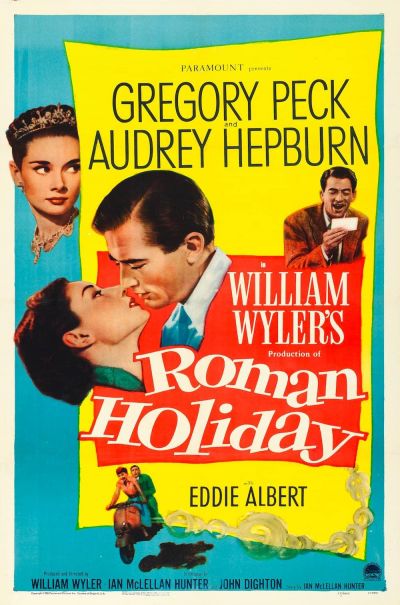
One of the great Hollywood classics. Audrey Hepburn (in her first major role) is absolutely luminous as Princess Ann and Gregory Peck is effortlessly charming as Joe Bradley. However, Eddie Albert almost steals the show as Joe’s photographer buddy. As for the Rome backdrop, it gives the film both authenticity and stunning scenery. I was struck by the film’s bittersweetness during this most recent viewing, as the young princess and opportunistic reporter alike come to realize the weight of duty and obligation. Hepburn and Peck were approached in the 1970s with doing a sequel, which probably would’ve been terrible. Roman Holiday works so well precisely because it ends on such a bittersweet and melancholy note.
This Michigan-based pub restaurant chain arrived in Lincoln back in 2016, and after hearing about it, we finally checked it out. I would eat here again, but I’m not in any great rush to do so, especially when Lincoln has so many other great restaurants. The next time I want to eat this kind of food, I’ll probably just stick with Lazlo’s Brewery & Grill.
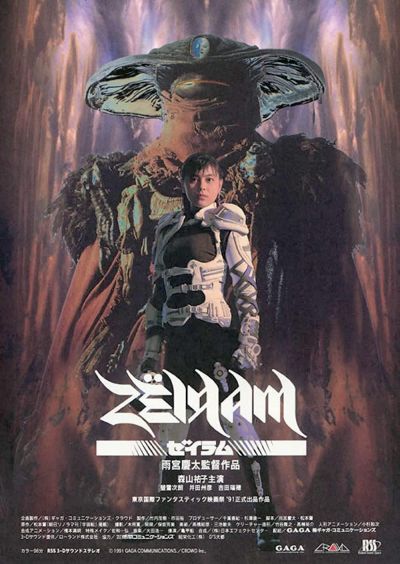
Iria: Zeiram the Animation is one of my favorite anime OVAs of all time, so I was excited to finally see the live-action film that inspired it. Unfortunately, Zeiram didn’t meet expectations. It has all the makings of a cool sci-fi monster movie, from the creature and gadget designs to some icky body horror. The visual effects were cleverly done and there was even some martial arts action thrown in for good measure. But for whatever reason, a significant portion of the movie is spent following the bumbling exploits of two side characters. I assume they were intended as comedic relief, but they’re just annoying and end up overshadowing Yūko Moriyama’s capable heroine.
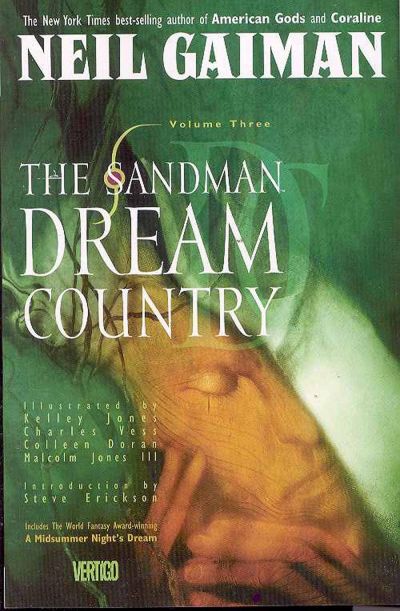
This collection of disconnected stories isn’t the greatest Sandman volume that I’ve read, but it does feature what is often considered one of the best Sandman stories: Neil Gaiman’s spin on Shakespeare’ A Midsummer Night’s Dream. I also enjoyed “Façade,” in which an immortal superhero (Element Girl) longs for the release of death due to her isolated existence. I don’t know if this was Gaiman’s intent, but it’s a nice deconstruction of superpowers; we think it’d be cool to have them, but we never consider the cost they might have on our soul and sanity.
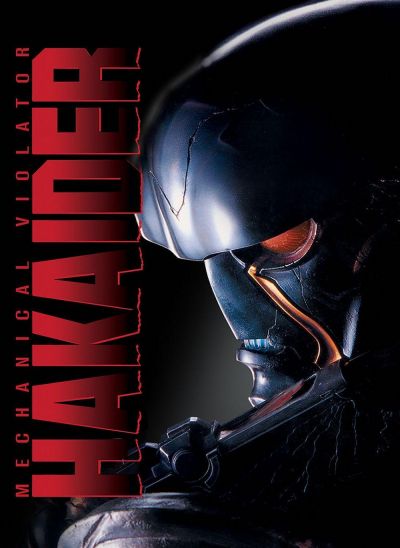
Mechanical Violator Hakaider gets a star for its title alone. And I’ll give it another star for its post-apocalyptic meets campy, glam rock aesthetic. On the one hand, you’ve got an implacable cyborg fighting his way through a seemingly perfect (read: dystopic) society. On the other hand, the main villain wears a bird’s skeleton draped over his shoulder and pontificates on the beauty of flowers. Also, so many feathers. But to be honest, I wish the movie had leaned harder into one aspect or the other: either embrace the grimness and nihilism, or embrace the camp. Some interesting visuals, to be sure, be it the mechanical designs or the massive religious ruins dotting the landscape, and Hakaider always looks cool on his motorcycle. As for the many fight scenes, if you’ve ever watched a Power Rangers episode, you know what to expect.
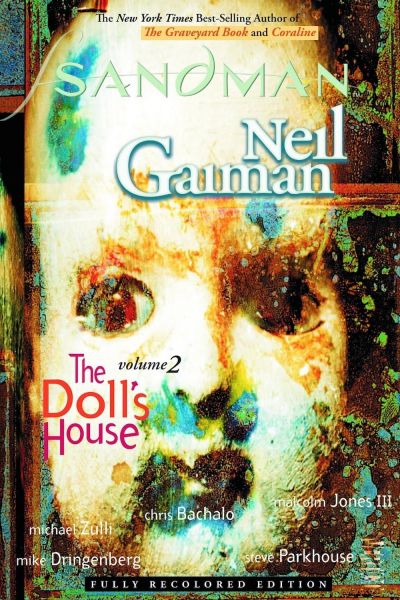
I’m still slowly making my way through Neil Gaiman’s Sandman series. My favorite story is that of Hob Gadling, a man who thinks death is dumb and as such, simply refuses to die — which makes him an interesting companion for Morpheus, and allow Gaiman to make various comments on human nature and civilization (e.g., the more things change, the more they stay the same). The serial killer convention is goofy and weird and totally comic book-y — and utterly chilling. As for the appearance of G.K. Chesterton, well, that’s just fun.
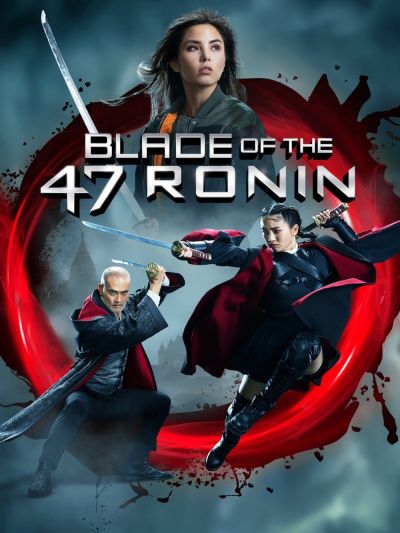
Remember 2013’s 47 Ronin, starring Keanu Reeves? No? Well apparently, somebody thought it deserved a sequel, so here we are. Now, I think we can all agree that Mark Dacascos as a 21st century samurai warlord leading his clan against evil ninjas in, of all places, Budapest, is a fantastic premise for a film. Blade of the 47 Ronin, unfortunately, does not deliver on said premise. Dacascos is great, as expected, and I love that, in the film’s world, nobody bats an eye at the sight of fully-armed samurai walking around in modern-day Hungary. But the tone, herky-jerky storytelling, cheap effects, CGI blood, and uneven acting make this feel like a direct-to-Syfy title or worse, a rejected CW pilot. Which is a shame, because it had elements that could’ve made for a cool cult classic. A third 47 Ronin film is currently in development, which seems unnecessary. But maybe the third time will be the charm.
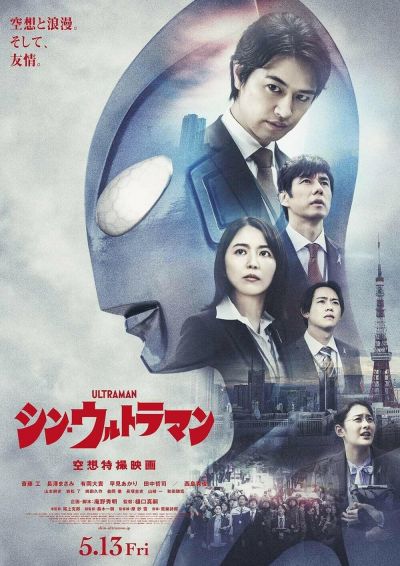
I have only a passing familiarity with Ultraman, so I don’t know how well Shin Ultraman works as a reboot of the classic tokusatsu series. The storyline was as ridiculous as you’d expect, filled with technobabble and over-the-top monsters, as was the filming, which constantly employed crazy edits and “Dutch angles” to make the proceedings feel ultra-dramatic (npi). Like its predecessor, 2016’s Shin Godzilla, Shin Ultraman often felt like a parody of the genre, albeit one made by people who obviously love the genre. I enjoyed film’s visuals — e.g., Ultraman’s “Spacium Beam” attack and his flying poses — all of which had a delightfully retro feel to them. But its episodic nature was a downside. It felt less like a coherent film and more like a miniseries that’d been chopped up and re-edited together, and thus missing key scenes that would’ve helped smooth things out.
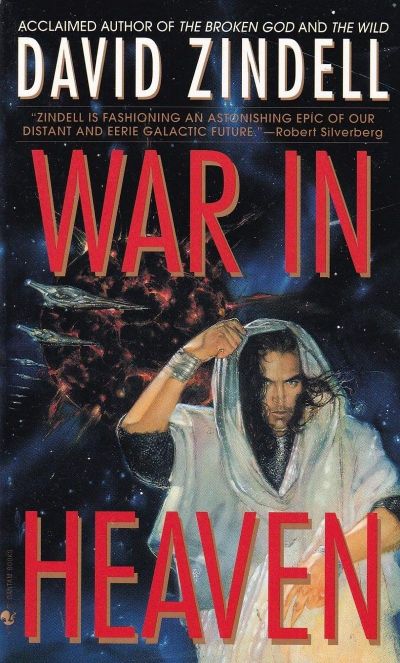
The final book in David Zindell’s trilogy is supremely underwhelming. His striking prose is unable to redeem the meandering plot or make up for the total lack of resolution in some key storylines. But even said prose starts to feel tedious after awhile, especially when the protagonist — who is practically perfect in every way — experiences a mind-blowing epiphany seemingly every other chapter, epiphanies that Zindell describes in great detail. Perhaps most annoying of all, the novel’s climax is basically a riff on classic utilitarianism, which (A) requires the protagonist to abandon the lofty idealism he’s spouted throughout the trilogy and (B) undermines Zindell’s passionately written ruminations on life’s purpose and humanity’s potential.
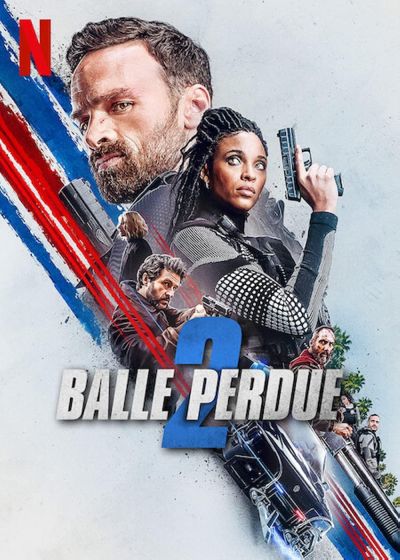
I didn’t enjoy this as much as the first Lost Bullet, due mainly to some weird tonal shifts. The film couldn’t quite decide if it was a hard-boiled police thriller, a car stunt showcase, or an action comedy. It tries to do all three to varying degrees, and suffers a bit as a result. Still, a decent enough Friday night popcorn film with some truly ridiculous (read: enjoyable) stunts and action scenes. The end clearly sets up a third film, which I’ll definitely be watching when it (presumably) arrives on Netflix.
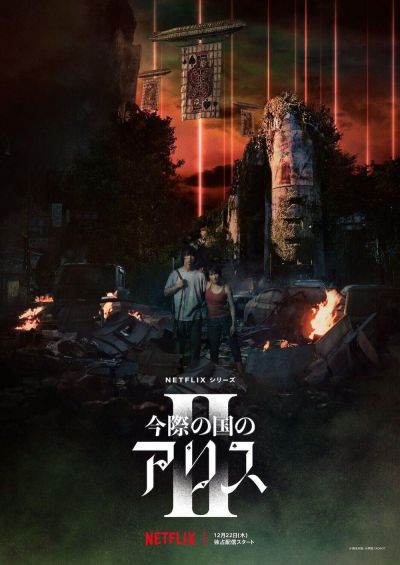
The problem facing Alice in Borderland’s second season is two-fold. First, after establishing its crazy premise (random strangers wake up in an abandoned Tokyo and must survive by winning ultra-twisted games — think Lost meets Battle Royale), it has to constantly up the ante. And second, any explanations concerning the series’ world, the purpose of the games, etc., are bound to be underwhelming. To its credit, I think Alice in Borderland understands that; the series finale constantly toys with your expectations. Still, the ending is, well, underwhelming considering everything that transpires, à la Lost. But it’s a fun ride getting there and I was engaged by the characters’ stories, also like Lost. A third season seems unlikely, but if it happens, I’ll watch it.
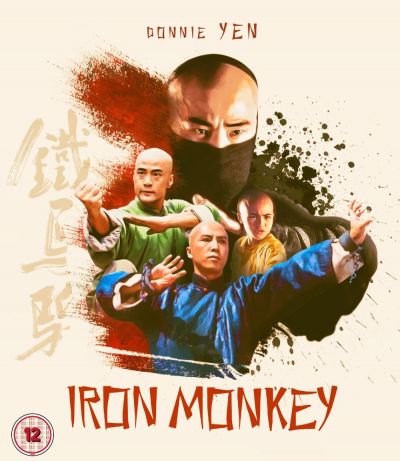
Some thoughts after watching Yuen Woo-Ping’s 1993 kung fu classic for the umpteenth time. First, why isn’t Yu Rongguang more well-known? He’s so good as the titular bandit, even outshining Donnie Yen. Second, it’s safe to say that The Matrix, as we know it, wouldn’t exist without Iron Monkey if only because Yuen lifted some of this movie’s choreography for Neo et al. Third, few things are as consistently entertaining as early-to-mid ’90s Hong Kong movies. It’s a testament to that era’s filmmaking that Iron Monkey is so frenetic, visually speaking, but also so legible and easy to follow.

